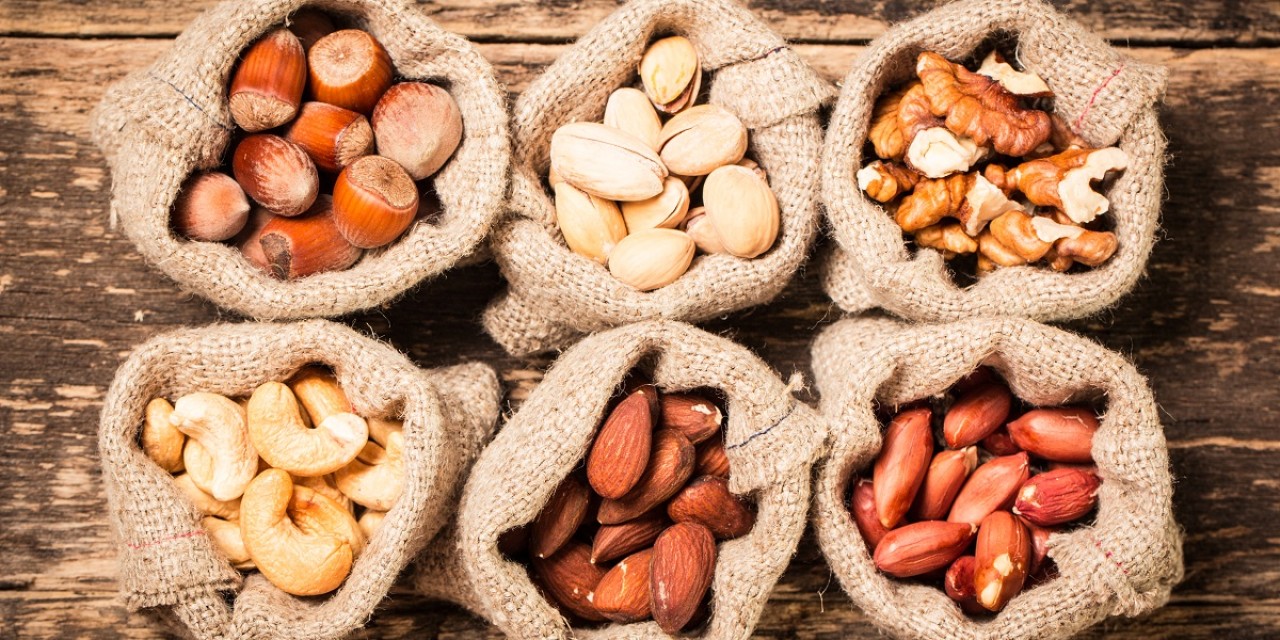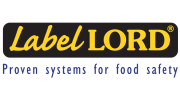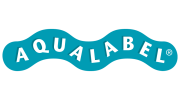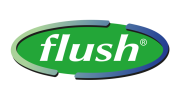The difference between nuts and peanuts
Many people think peanuts belong to the "nuts" category, but that’s not true. Nuts and peanuts are two different fruits. Although people with peanut allergy often are also allergic to nuts and vice versa, it is important to know the difference between both.
For example, if on a jar of peanut butter is mentioned that it might contain traces of nuts, it’s about actual nuts (for example, traces of hazelnuts), not peanuts. Below, some differences between nuts and peanuts are highlighted.
Legumes or nuts
Nuts are dry fruits with a hard or woody wall. Examples are hazelnuts, walnuts, pecans, paranuts, macadamia nuts, pistachios and cashew nuts. In this context, peanuts are often mentioned, while in fact they are legumes.
This is how they grow
After the flowers of the peanut plant (above the ground) are fertilized, a pod, mostly containing two seeds, arises. The stalk to which the pod hangs then grows longer and into the ground again. The pod ripens under the ground where the fruit germinates to create a new plant. The peanut plant is a one-year plant. After harvesting, the peanuts are laid above the ground to dry.
Nuts grow on trees high above the ground, for example, think of a walnut chestnut tree. Pecans grow in trees that can grow up to 30 meters high. In general, nuts grow in a kind of husk or sleeve like the walnut and chestnut, but the paranut is an exception. It grows in large fruits, which can weigh up to a few kilos. Each of these fruits contain between 10 and 20 paranuts.
Some features
Just like nuts, peanuts are rich in vitamins and minerals such as calcium, potassium, iron, magnesium and vitamin E and B, but peanuts contain relatively less iron than nuts. Both contain many unsaturated fats and are rich in protein, which is why they generally have a positive effect on cholesterol levels. Nuts are eaten by many vegetarians to replace meat.
Know the risks
3 out of every 100 people in the Western world have a peanut allergy. Although this is not a shocking ratio, both a peanut and a nut allergy are absolutely not to be neglected. An allergic reaction to either of them can cause death. Therefore, make sure that products containing one or both allergens are clearly labelled by means of an allergen label. LABELLORD offers various allergen coding solutions, like our Allergen Coding Set or the Allergen Label Menu, both containing the 14 most important allergens.
Source: notenstore.nl




